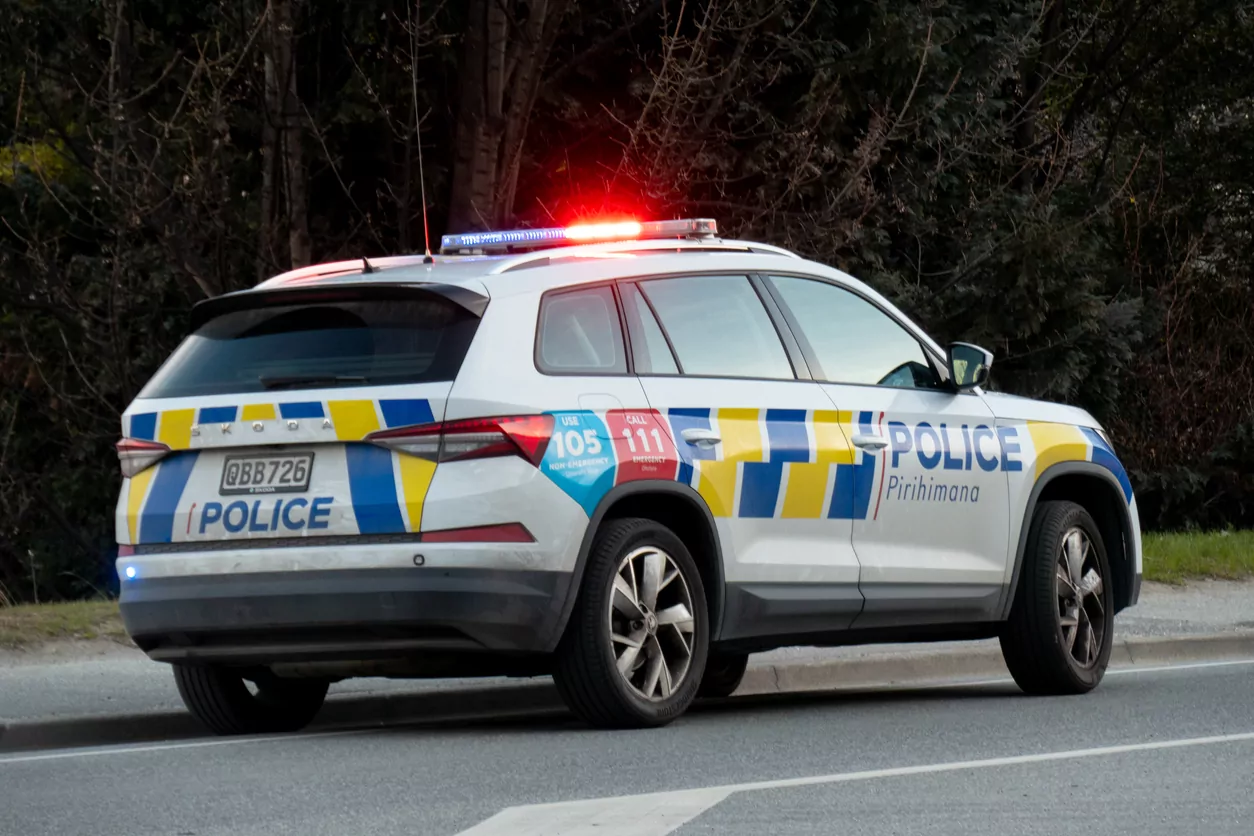Escaped youth tracked by Eagle helicopter, found hiding in New Brighton
The young person who escaped from a youth justice facility in Rolleston has been located...
Regulatory pressure has pushed improvements in New Zealand’s drinking water safety, but critical infrastructure gaps and ongoing issues in rural areas continue to pose serious risks, according to the latest reports from the Water Services Authority.
On Monday, the Authority released its Drinking Water Regulation Report 2024 and Network Environmental Performance Report 2023 to 2024.
The documents provide a clearer picture of national water safety and network health, including for wastewater and stormwater systems.
Chief Executive Allan Prangnell said many more suppliers are now actively identifying and managing risks to drinking water safety thanks to the Authority’s interventions.
Almost 4 million out of the 4.4 million people on registered water supplies now have access to drinking water with critical safety barriers in place.
That number is expected to grow in next year’s report as more systems upgrade their treatment processes.
While improvements were recorded in urban areas, the reports expose ongoing safety issues for rural schools and self-supplied communities.
Of concern, 71 schools recorded at least one detection of E. coli last year, with 24 experiencing repeat detections, highlighting risks to students and staff.
Although most of these schools have bacterial treatment barriers in place, the reports suggest many of these systems are poorly maintained or not operating effectively.
The Ministry of Education is now working with rural school principals to install treatment systems at 17 self-supplied schools. Six schools had completed the upgrades by the end of 2024, with the rest expected to be completed by December 2025.
Prangnell said the findings have “lifted the lid” on the poor condition of national water infrastructure, especially the lack of understanding by many councils of their own water networks. Leaking pipes, poorly maintained systems, and weak asset management continue to drive contamination risks and water loss.
The Authority said it will soon publish a refreshed Compliance, Monitoring and Enforcement Strategy for 2025 to 2028.
The new strategy will lay out expectations for all drinking water suppliers over the next three years to address the most serious risks to public health. Prangnell said particular attention would be given to rural communities and unregistered private supplies, especially in isolated or predominantly Māori settlements.
Only 533 community and private suppliers have registered with the Authority, serving 74,000 people, yet estimates suggest more than 800,000 rely on these types of supplies. In 2024, there were 40 laboratory notifications of E. coli detections and 11 chemical exceedances from registered private suppliers, while unregistered supplies reported a further 39 E. coli detections and seven chemical breaches.
Meanwhile, nearly 290,000 people are still being served by council or government supplies that lack one or more critical safety barriers. However, an additional 119,000 people gained access to safer water in 2024, and that figure grew to 193,000 by mid-2025 following actions taken by the Authority.
On network performance, the Authority reported some improvement in environmental oversight. More operators are monitoring water losses and pipe conditions, with 81 percent of pipes now graded for condition, up from 55 percent the year before. Despite this, 16 percent of pipes were found to be in poor condition, and 32 percent of network operators had at least one network with extremely high levels of water loss.
Water efficiency remains low in rural areas, where networks often provide far more water per person than their urban counterparts. Median household water use across the country is 604 litres per connection per day.
Wastewater issues are also widespread. Only 40 percent of rural and provincial wastewater receives the highest standard of treatment, compared with 75 percent in urban areas. One in five wastewater treatment plants is operating under expired resource consents, and over half will need reconsenting in the next decade.
Monitoring of wastewater overflows is also weak. Most operators rely on verbal reports rather than real-time or predictive tools.
Prangnell said the reports reveal an urgent need for better monitoring and investment, especially for smaller rural networks. “The longer these issues are left unaddressed, the more they will cost to fix.”


